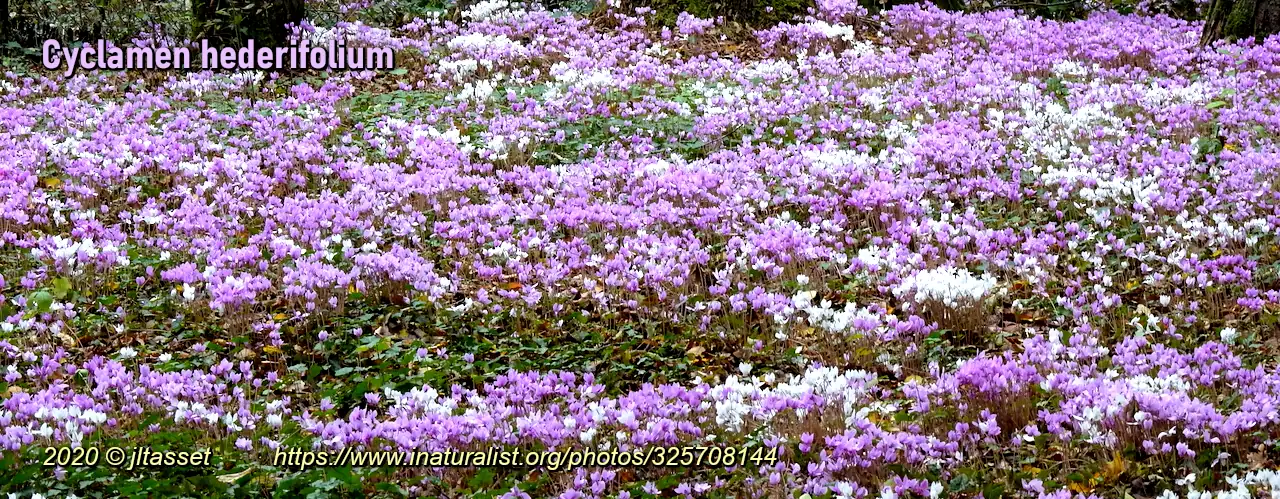
















Cyclamen hederifolium - Ivy-Leaved Cyclamen
1 packet of 30 seeds
-
Cyclamen hederifolium thrives in humus-rich soils or soils rich in organic matter, in bright spaces but protected from strong sunlight, typically in the woods
Over the years, it grows a large tuber, which can reach 15cm in diameter
At the end of August or the beginning of September, flowers appear in great numbers before the leaves, forming real bouquets which can be particularly dense and spectacular
They are white or pink, lightly scented, and form real carpets in places where the Wild Cyclamen has naturalized and multiplied
Flowering lasts several weeks and is most ornamental
It is followed by leaves, marbled green with darker and lighter patterns, particularly decorative and very variable from one plant to another
Leaves create a cushion of greenery that can be dense
They vaguely resemble ivy leaves, hence the name hederifolium
When late spring heat comes, the Ivy-Leaved Cyclamen goes into vegetative rest and disappears
Small spherical fruits are then visible, attached to the end of a long peduncle curled on itself like a spring
They will eventually release their seeds in July
In the gardens where the Wild Cyclamen thrives, it will multiply little by little and naturalize, offering an increasingly remarkable colorfull show each fall

-
Soak the seeds you received overnight in a glass of cold water so that they rehydrate
Then sow in a large pot filled with potting soil, covered by 1 to 2 cm, preferably in summer, but also in autumn
Place this pot outside, in the shade, and make sure the potting soil is always moist but not soggy
Germination takes place in September-October
In the first year, the seedling creates a pea-sized tuber at the base of 1 tiny leaf
The following year, a few leaves emerge from the small tuber, which then start grow bigger
Feed it by watering from time to time with a diluted liquid fertilizer
When the plant goes into vegetative rest at the end of the 2nd year, the tubers can be dug up and planted in the ground in their final location, 2-5cm deep
The first flowers may appear the fall of transplanting, or more likely the following year
Once in the ground, no maintenance other than a little weeding when necessary
All you have to do is enjoy the show, which repeats each year
Payment :
PayPal < 150 €
Check < 850 €
Bank Wire > 149 €
Thank you for your kind understanding